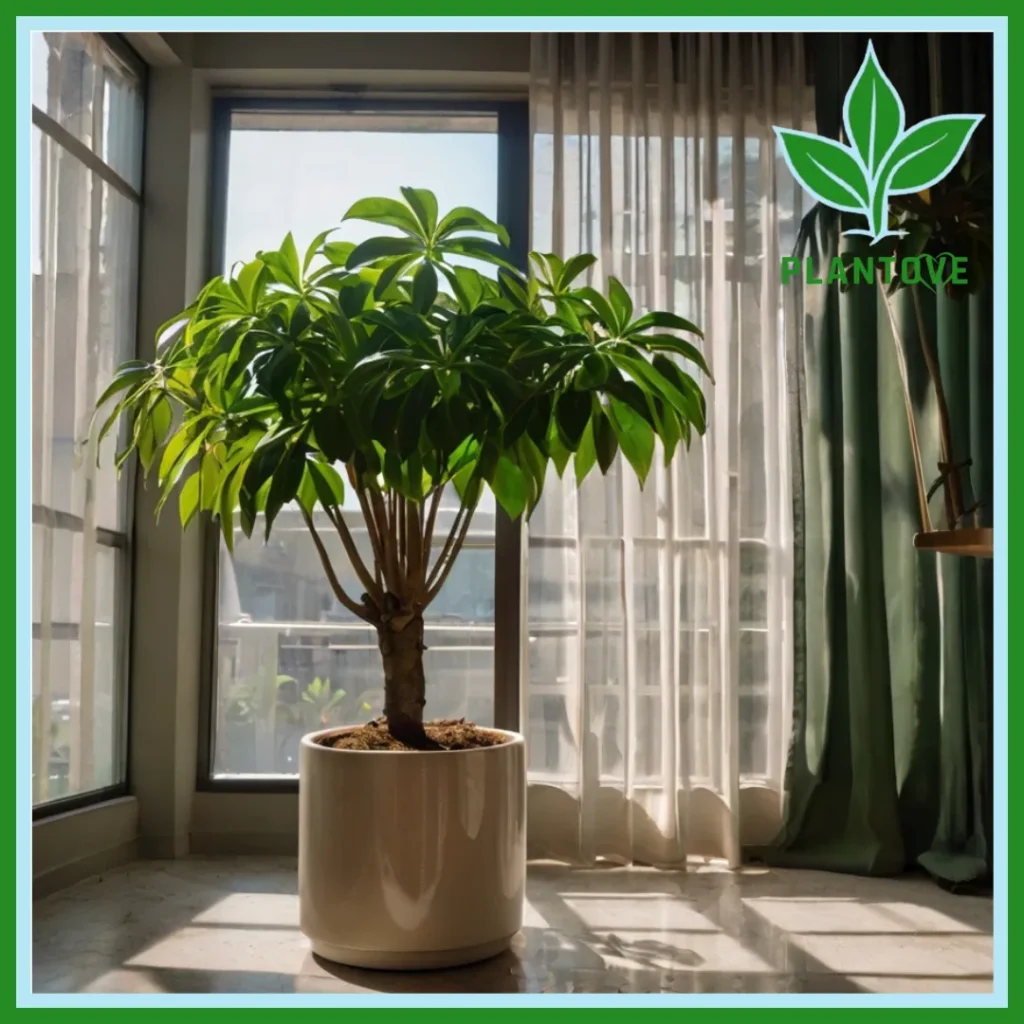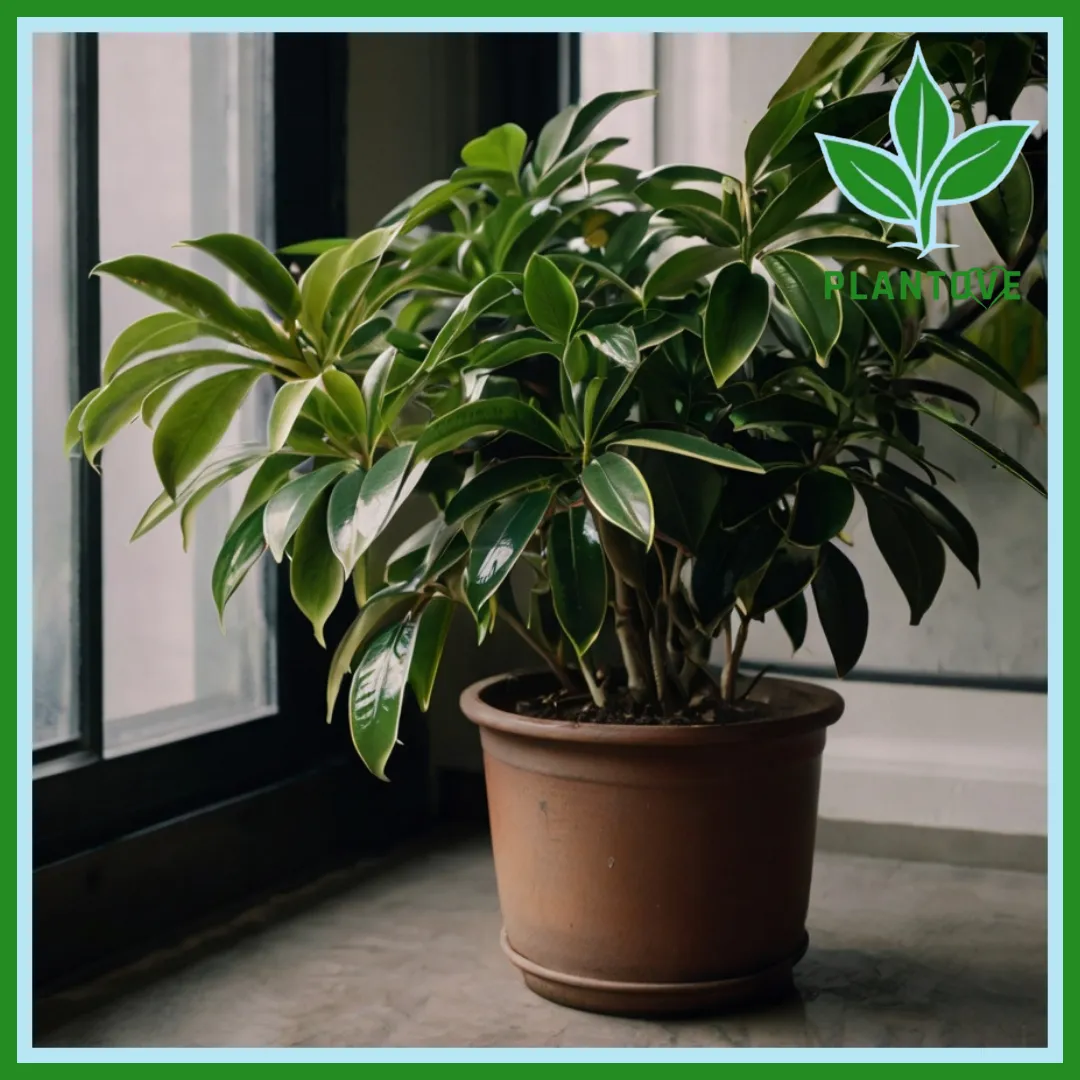The umbrella plant is one of the most beloved houseplants worldwide, not only for its unique appearance but also for its easy maintenance and versatility in various environments. Whether you’re a seasoned plant lover or just beginning your indoor garden journey, understanding how to properly care for this remarkable plant can help it thrive in your home.
What is an Umbrella Plant?
The umbrella plant is a name given to various species, but the most commonly grown variety indoors is the Schefflera arboricola, also known as the dwarf umbrella tree. Native to Taiwan, this plant earned its nickname because of the shape of its leaves, which form clusters that resemble the spokes of an umbrella. The umbrella plant scientific name Schefflera arboricola highlights its connection to the larger genus Schefflera, which includes a wide range of species found across the world.
Types of Umbrella Plants
While Schefflera arboricola is the most well-known umbrella plant for indoor use, other varieties include:
- Schefflera actinophylla: Commonly known as the Australian umbrella tree, this species is larger and more suited for outdoor environments or large indoor spaces.
- Dwarf Schefflera: A smaller version of the Schefflera arboricola, perfect for compact spaces.
- Variegated Schefflera: Known for its distinctive cream and green leaves, this plant adds a splash of color to any indoor space.
Umbrella Plant Benefits
Owning an umbrella plant offers several benefits. Apart from its aesthetic appeal, the plant is excellent for purifying indoor air. Like many other houseplants, the umbrella plant can remove toxins from the air, making it a natural air filter for your home or office. This plant also helps maintain humidity levels, which can benefit your skin and respiratory system.
Furthermore, having plants indoors, such as the umbrella plant, has been shown to reduce stress, boost mood, and increase overall well-being. Its presence in your space can create a calming, nature-inspired environment that fosters relaxation and productivity.
Umbrella Plant Care: How to Keep It Thriving
One of the reasons the umbrella plant is so popular is that it’s relatively easy to care for, making it an ideal choice for both beginners and seasoned plant enthusiasts.
1. Light Requirements
The umbrella plant thrives in bright, indirect sunlight. It prefers a spot near a window where it can get filtered light but should be protected from harsh, direct sunlight, which can scorch the leaves. If you place your plant in low light, it will survive but may grow more slowly and develop smaller leaves.
Tip: If you notice the plant leaning towards the light source, rotate the pot every few weeks to encourage even growth.
2. Watering
When it comes to watering, the umbrella plant enjoys a moderate approach. Allow the top inch of soil to dry out between waterings. Overwatering can lead to root rot, while underwatering can cause the leaves to wilt and drop. A good rule of thumb is to water when the soil feels dry to the touch.
Tip: Use a pot with drainage holes to prevent water from accumulating at the bottom, as stagnant water can damage the roots.
3. Humidity and Temperature
Being a tropical plant, the umbrella plant thrives in humid environments. If your home is dry, especially during winter months, consider misting the leaves or placing a humidifier nearby. The plant prefers temperatures between 60°F and 75°F (16°C to 24°C) and should be kept away from cold drafts or hot air vents.
4. Fertilizing
Feed your umbrella plant with a balanced liquid fertilizer every month during the growing season (spring and summer). Reduce feeding during fall and winter when the plant’s growth naturally slows down.
5. Pruning
Pruning is essential to maintain the shape and size of your umbrella plant. You can trim back leggy growth or prune the plant to encourage bushier growth. This is especially useful for indoor plants that can become too tall for the space.
Umbrella Plant Propagation: How to Grow New Plants
Propagating the umbrella plant is an exciting way to grow new plants and share them with friends or expand your collection.
1. Propagating by Cuttings
One of the most common methods of umbrella plant propagation is by cuttings. Here’s how to do it:
- Select a healthy stem from the parent plant and use sharp, sterilized scissors to cut a 4 to 6-inch section.
- Remove the lower leaves from the cutting, leaving only a few leaves at the top.
- Dip the cut end into rooting hormone to encourage growth.
- Plant the cutting in a pot filled with well-draining soil.
- Keep the soil moist and place the cutting in bright, indirect light.
Within a few weeks, you should see roots forming, and a new umbrella plant will start to grow.
2. Propagating by Air Layering
Another method of propagating the umbrella plant is through air layering, where you encourage roots to grow on the plant itself before cutting it off. This method is a bit more advanced but can be rewarding for experienced gardeners.
- Choose a healthy stem and make a small cut about halfway through the stem.
- Apply rooting hormone to the cut area.
- Wrap the cut section with moist sphagnum moss and cover it with plastic wrap to keep it moist.
- After a few weeks, roots will form in the moss, and you can cut the stem below the new root system and plant it in soil.
Growing the Umbrella Plant Indoors

Growing the umbrella plant indoors is ideal for those who want a low-maintenance, aesthetically pleasing plant that can adapt to a variety of environments. Whether in your living room, office, or bedroom, the umbrella plant can add a touch of nature to your space.
Best Conditions for Indoor Growth
As mentioned earlier, the umbrella plant thrives in bright, indirect light and requires moderate watering. Keep an eye on humidity levels and ensure that the plant is in a pot with proper drainage.
Common Indoor Problems and Solutions
While the umbrella plant is generally resilient, it can face a few common problems when grown indoors:
- Yellowing leaves: This can be a sign of overwatering. Allow the soil to dry out more between waterings.
- Leaf drop: Sudden leaf drop may be caused by a change in temperature or insufficient light. Move the plant to a more stable environment with consistent lighting.
- Pests: Occasionally, indoor umbrella plants may attract pests like spider mites or aphids. Wipe down the leaves with a damp cloth or use insecticidal soap to treat infestations.
Conclusion
Incorporating the umbrella plant into your indoor garden can bring numerous benefits, from air purification to stress reduction. With minimal care requirements and an appealing appearance, the umbrella plant is a fantastic choice for plant lovers of all skill levels. Whether you’re interested in umbrella plant propagation to grow your own or simply want to enjoy its beauty, following the tips provided will ensure your plant thrives for years to come. Keep your umbrella plant in the right conditions, and it will reward you with lush, healthy growth that enhances your living space.

